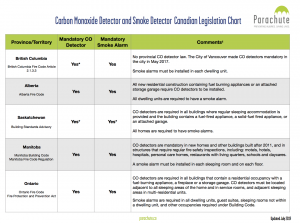Issue: Child passenger safety
Transport injuries are a leading cause of injury-related death for Canadian children. Action must be taken to reduce the risk of crashes. Steps must also be taken to reduce the risk of injury when a crash occurs.
Transport injuries kill more children than any other cause of injury in Canada. What amounts to more than two classrooms of children die on our roads each year and thousands more are injured.
Problem: Low booster seat use
A Canadian roadside study found that, while 99 per cent of kids were buckled, 52 per cent of children in seat belts did not fit safely without a booster seat. Children who had transitioned to a seat belt too soon represented the greatest proportion of incorrect restraint use in the study.
Solutions
Mandatory booster seat use
When installed correctly and used according to the child’s stage of physical development:
- Car seats are estimated to reduce the risk of injury in children by 71 to 82 per cent.
- Car seats are estimated to reduce the risk of death among children by 28 per cent when compared against the use of a seat belt alone. For young children, the risk of death is reduced by an even greater degree when using a car seat – a 71 per cent reduced risk for infants and a 54 per cent reduced risk for toddlers.
- Booster seats reduce the risk of non-fatal injury by 45 per cent when compared against the use of seat belts alone in children aged four to eight years old.
Legislation
Research demonstrates that booster seat legislation is an effective way to ensure that children are placed in the correct restraint for their stage of physical development. Currently, Alberta, Northwest Territories and Nunavut do not have booster seat legislation in place.
Parachute supports legislating that all children ride in a belt-positioning booster seat until they are at least 145 cm (4’9″) tall or 12 years of age.
Additional solutions
Education, enforcement and increased government investment in child passenger safety are also needed to make Canada’s roads the safest possible for children and youth.
Strategies that can be implemented to increase the level of children’s safety include:
- Investing in research related to the design and use of car seats.
- Making child restraint safety a priority in preventive care.
- Having health professionals assess child restraint use as part of patient visits.
- Educating parents on the importance of booster seats, providing incentives for purchase and reducing economic and other barriers to access (e.g., booster seat discount coupons, gift certificates).
